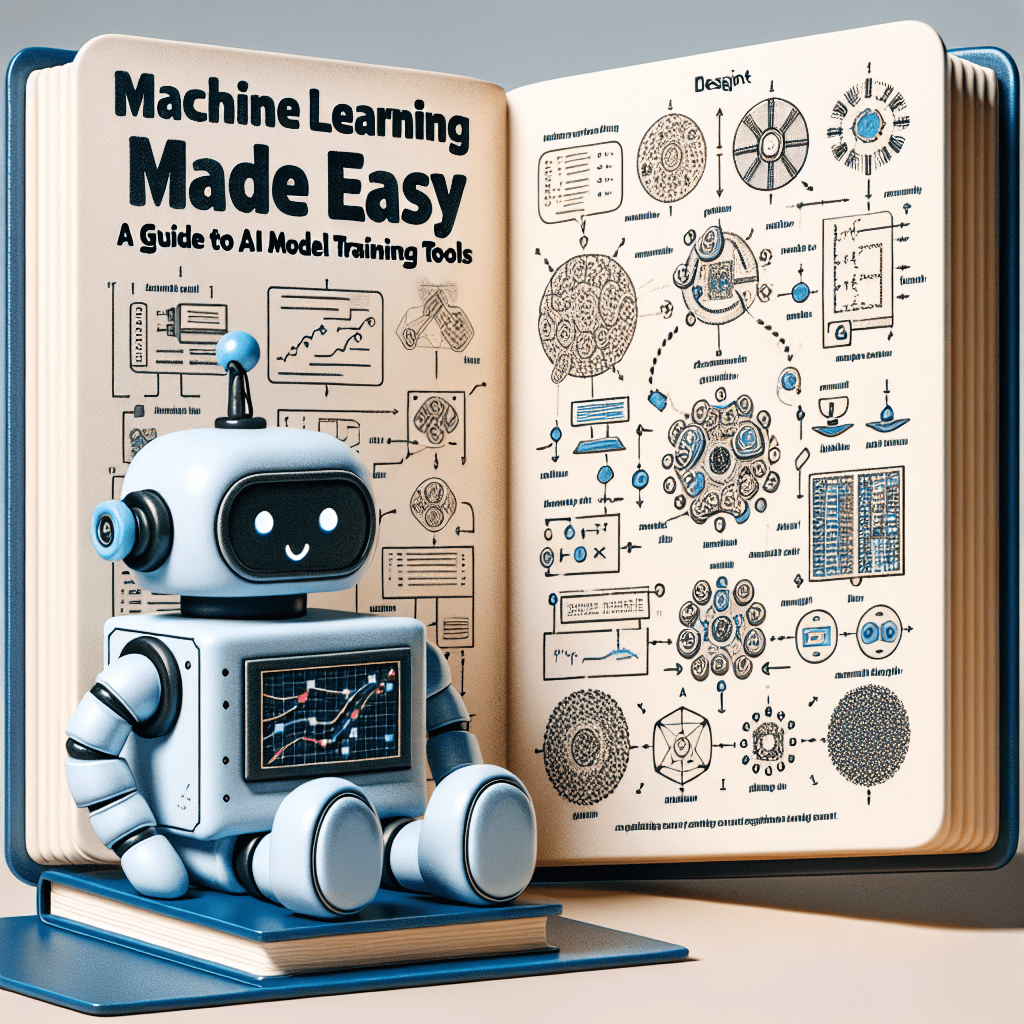Machine learning is a rapidly growing field within the realm of artificial intelligence (AI). It involves the use of algorithms and statistical models to perform specific tasks without explicit instructions. One of the key components of machine learning is model training, which is the process of teaching a machine learning model to recognize patterns and make predictions based on data.
There are various tools and platforms available to assist in the training of AI models, making it easier for individuals and organizations to harness the power of machine learning. In this article, we will explore some of the popular tools and techniques that can help simplify the process of training AI models.
Popular AI Model Training Tools
1. TensorFlow
Developed by Google Brain, TensorFlow is an open-source machine learning framework that is widely used for building and training deep learning models. It provides a comprehensive ecosystem of tools, libraries, and community resources to support machine learning projects of all sizes.
2. PyTorch
PyTorch is another popular open-source machine learning library that is known for its dynamic computational graph capabilities. It is often preferred by researchers and developers for its flexibility and ease of use in building neural networks.
3. Scikit-learn
Scikit-learn is a simple and efficient tool for data mining and data analysis. It provides a robust set of algorithms for machine learning tasks such as classification, regression, clustering, and dimensionality reduction.
4. Keras
Keras is a deep learning library that is built on top of TensorFlow. It provides a user-friendly interface for creating and training neural networks, making it a popular choice for beginners and experts alike.
Training AI Models with Popular Tools
When it comes to training AI models with the popular tools mentioned above, there are a few key steps to keep in mind:
1. Data Preparation
Before you start training your AI model, it is important to clean and preprocess your data to ensure its quality and accuracy. This may involve tasks such as data cleaning, feature engineering, and data augmentation.
2. Model Selection
Choose the appropriate model architecture and algorithm for your specific task. Consider factors such as the complexity of the problem, the size of the dataset, and the computational resources available.
3. Training and Evaluation
Train your model on the training data and evaluate its performance on a separate validation dataset. Use metrics such as accuracy, precision, recall, and F1 score to assess the model’s effectiveness.
4. Hyperparameter Tuning
Optimize the hyperparameters of your model to improve its performance. This may involve techniques such as grid search, random search, or Bayesian optimization.
Conclusion
Machine learning has the potential to revolutionize various industries by automating tasks, providing insights, and making predictions based on data. With the help of AI model training tools such as TensorFlow, PyTorch, Scikit-learn, and Keras, individuals and organizations can harness the power of machine learning and create intelligent systems that learn and adapt over time.
FAQs
1. What is machine learning?
Machine learning is a subset of artificial intelligence that involves the use of algorithms and statistical models to perform specific tasks without explicit instructions.
2. How can I get started with machine learning?
To get started with machine learning, you can enroll in online courses, read books and articles, and practice coding with popular machine learning libraries such as TensorFlow and PyTorch.
3. What are some common machine learning algorithms?
Some common machine learning algorithms include linear regression, logistic regression, support vector machines, decision trees, random forests, and neural networks.
Quotes
“Machine learning is like having an algorithmic crystal ball that can predict the future based on patterns in data.” – Unknown
#Machine #Learning #Easy #Guide #Model #Training #Tools


